Column
Filter by Process Zone:
Stick Welding Still Has a Place in the Fabrication Industry
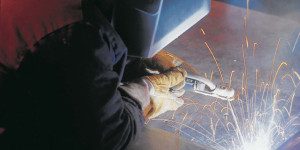
Many applications in the fabrication industry still require stick welding. Like other filler metals, stick electrodes are available in many types, each of which provide different mechanical properties and operate with a specific type of welding power source. Before you power up your machine and pick up your stick electrode holder, consider these basic guidelines to help simplify your stick welding experience.
The Injury Continuum
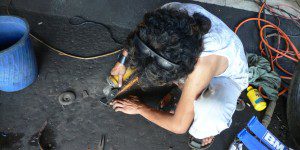
When a worker screws up and gets hurt, organizations tend to react in one of two ways: Either they rush head long to the conclusion that the errant employee needs more training or they are resolute in the belief that the worker knew (or should have known) that what he or she did was wrong and did it anyway. While these circumstances are sometimes the case, they are far from the only possibility.
Keeping Pace With Production: Automating Your Solid-State Laser

When a laser system is waiting for material handling, it is not making money. Automated systems must be able to cope with the common differences between laser types. The process of selecting the best choice becomes increasingly involved when the system uses solid state laser cutting machines. Here are some important points to consider.
Business Ideas That Drive the Right Results

It happens every time someone says, “We’ve got to get this out now or else.” Or else what? Or else we’ll look stupid, wrong, or embarrassed? Whether it’s a product, a plan, a project or anything else, getting it right is the only test that counts.
Characteristics of Heat Treatable vs. Non Heat Treatable Aluminum Alloys
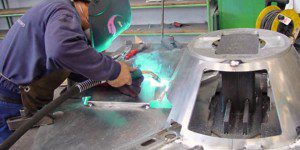
There are certainly differences in strengths for aluminum alloys, whether they are heat-treatable or not. These different characteristics impact the final strength of the weld because these alloys differ in their chemical and metallurgical structure and in how they react during the welding process.
How Advancements in Non-Woven Technology Streamline Metal Fabrication Applications
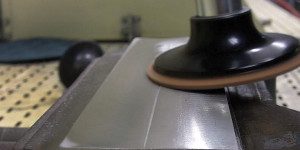
Innovative design and non-woven materials science have increased productivity while keeping costs down with a new generation of durable, flexible and easy-to-use high-performance surface conditioning products. Shops should utilize new non-woven technology to help them remain competitive in unstable economic times.
How Electronic Fuel Injection Technology Improves Efficiency of Engine-Driven Welding Power Sources
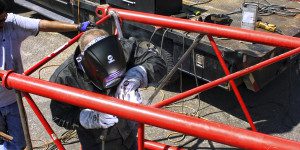
As contractors and welders continually look for ways to reduce welding costs and be more efficient, things as simple as engine choice can make quite a difference.
Clearing the Air in Gas Delivery
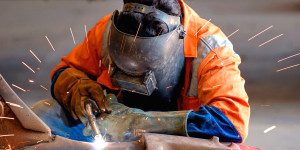
MIG and TIG welding, plasma cutting, laser cutting or welding all require compressed gases. How these gases are stored, handled and used will determine the extent that the overall cost of these gas products impacts your bottom line. The correct gas delivery system will provide the most economical and efficient results to complement any of these applications – and the normal starting point for all of them is a cylinder of gas and a regulator.
How to Evaluate Robotic Welding Integrators for Automation Success
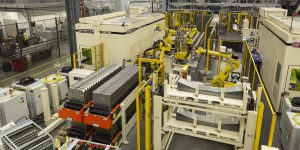
Getting started with a robotic welding automation project may seem like a daunting task at first. But by breaking the project into steps and evaluating a complete solution, you will achieve success by selecting the best robotic welding integrator for your specific operations. Here’s how to do it.
Advancements for Welding Galvanized Steel in Automotive Applications
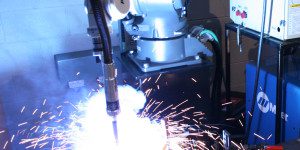
Galvanized steel, with its protective layer of zinc oxide on the surface, offers excellent corrosion resistance and high strength, even at thinner gauges. These features make it an increasingly popular material in automotive applications, because it allows manufacturers to build lighter-weight vehicles capable of greater gas mileage, while still maintaining safety and quality.
An Answer for the Skilled Labor Shortage in Manufacturing
Tooling U-SME introduced a new industry resource, Competency Framework, to address the labor gap in manufacturing.
You’re Buying That New Lathe . . . Some Tooling Tips
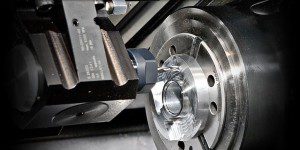
For those shops that are just getting started with live tools, guest columnist Preben Hansen of Heimatec shares this short primer on tooling that will assist you in equipping your next machines.



